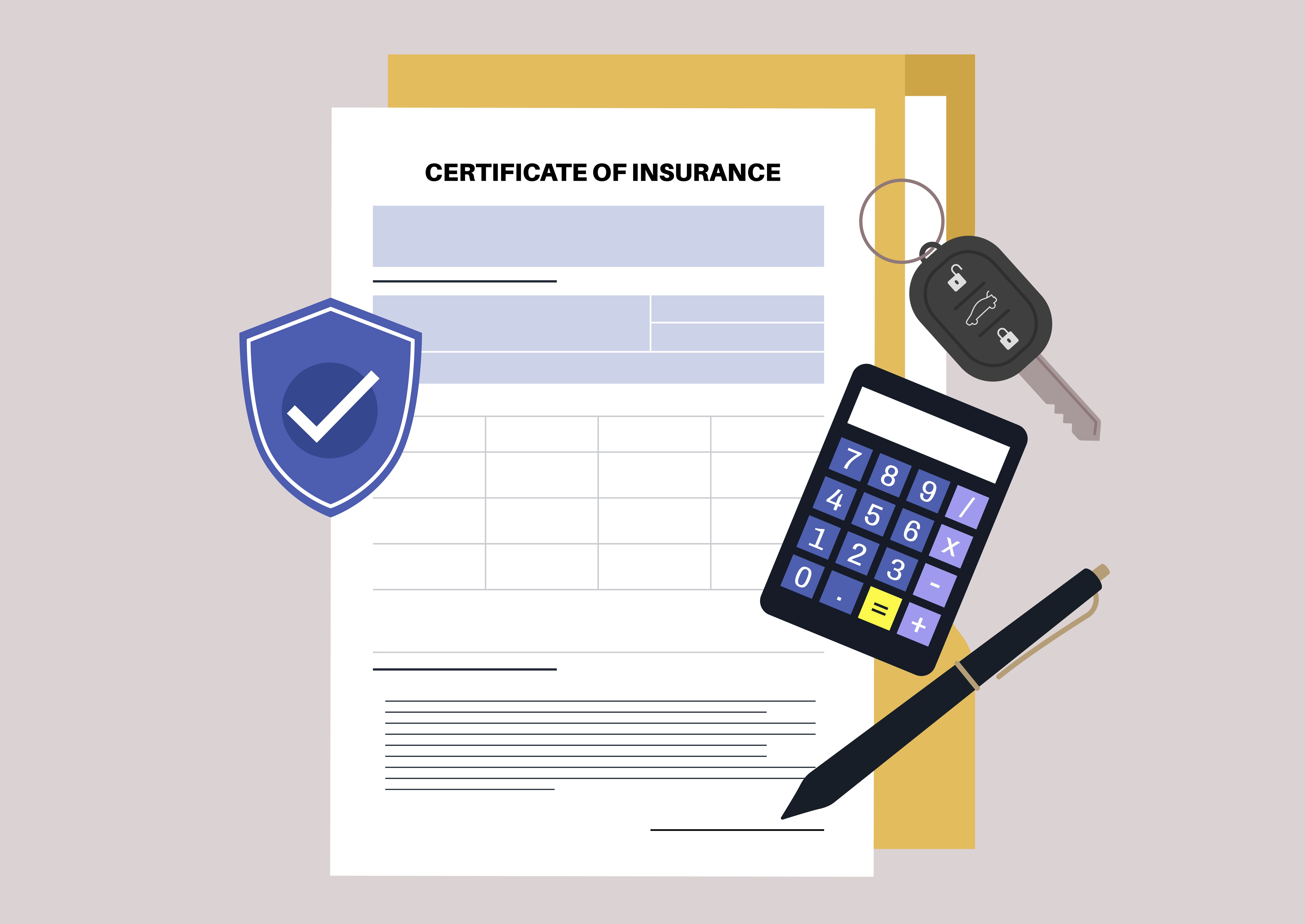Best Practices for Managing Certificates of Insurance (COI)
Understanding Certificates of Insurance (COI) proves crucial for contractors, as improper handling may lead to unforeseen liability. This article delves into essential practices and considerations for managing COIs when hiring subcontractors, offering valuable insights to mitigate risks and minimize liability.
March 12, 2024
|
Contractor

As a contractor, understanding certificates of insurance (COI) is a critical part of risk management. Unforeseen liability exposure can be the result when these documents are not properly obtained, reviewed, and updated. Managing these documents had been done manually in the past, but new software can make this process much easier.
When hiring subcontractors and collecting certificates:
- Be sure the certificates you have on file cover your entire policy period.
- Ensure adequate coverage and limits are shown, so your subcontractors are counted as subcontractors at audit, not as employees in a higher-rated class.
- Check that subcontractors' liability limits are equal to or higher than your liability limits. Otherwise, if there is a claim that exceeds a subcontractor's limits, your policy may end up contributing.
- Confirm that coverage is listed for the entire time it is contractually required. Many contracts require that subcontractors maintain required coverage for a specific period following completion of the project.
- Keep record of certificates for 2 years after job completion.
Here are some best practices for managing certificates:
- Additional Insured Endorsements: Accidents can happen while construction is ongoing or after construction is completed. That's why subcontractors should have additional insured endorsements that cover both ongoing and completed operations. Many subcontractor agreements overlook including additional insureds for ongoing operations, so we recommend double checking your agreements to be sure!
- Primary and Noncontributory Language: A subcontractor's insurance policy or endorsements should include language that their policy will be primary over yours and your policy does not contribute, which is commonly known as "primary and noncontributory language." If there is a claim where both you and the subcontractor are named and you are an additional insured on their policy, then their policy is the one that is primary to respond and pay until limits are exhausted. Your policy would not contribute to a loss payment unless their policy limits are exhausted.
- Waiver of Subrogation: Subcontractors should also provide you with a waiver of subrogation on each policy. When a subcontractor's policy has a waiver of subrogation, their insurance company will not seek reimbursement from you or your insurance policy for any loss payment they make.
- Per Project and Per Location Aggregate Limits: A subcontractor's general liability policy should provide "per project" and "per location" aggregate limits. These clauses change the application of the general liability aggregate limit from a policy aggregate (i.e., the most that would be paid during the policy term) to a project or location aggregate (i.e., each project/location worked on during the policy period has a separate aggregate limit).
- Workers' Compensation: Where required by law, subcontractors should carry workers' compensation insurance. If a subcontractor does not carry workers' compensation insurance, you could be liable for any injury suffered by the sub and/or their employees while working for your project.
- Notice of Cancellation: A subcontractor’s policy should be endorsed to give you a 30-day notice of cancellation. Most carriers will provide this but reserve the right to give a 10-day notice for cancellation due to nonpayment of premium. Should you receive a notice of cancellation, you will need to be sure that the notice is rescinded (coverage does not cancel) or stop the subcontractor from working on your job site until coverage is obtained.
Following these best practices will help mitigate risk and exposure to liability.
An insurance company that cares about you and insuring the things you wish to be insured.
Get a Quote> Find an Agent>

